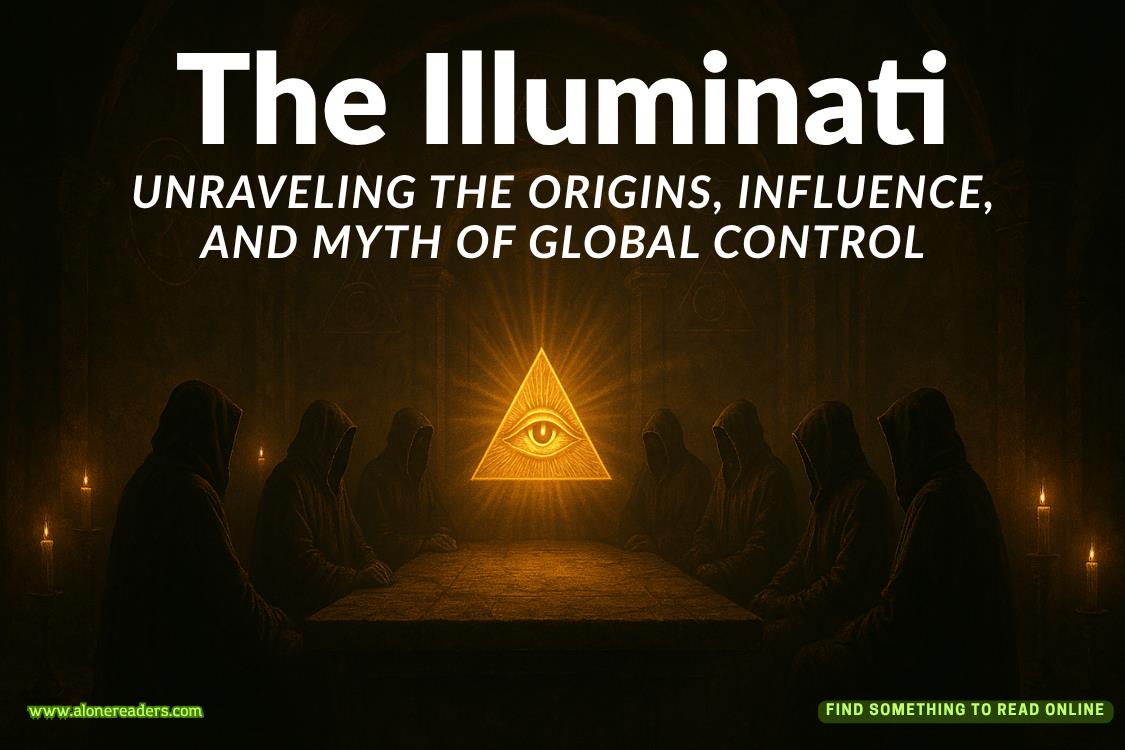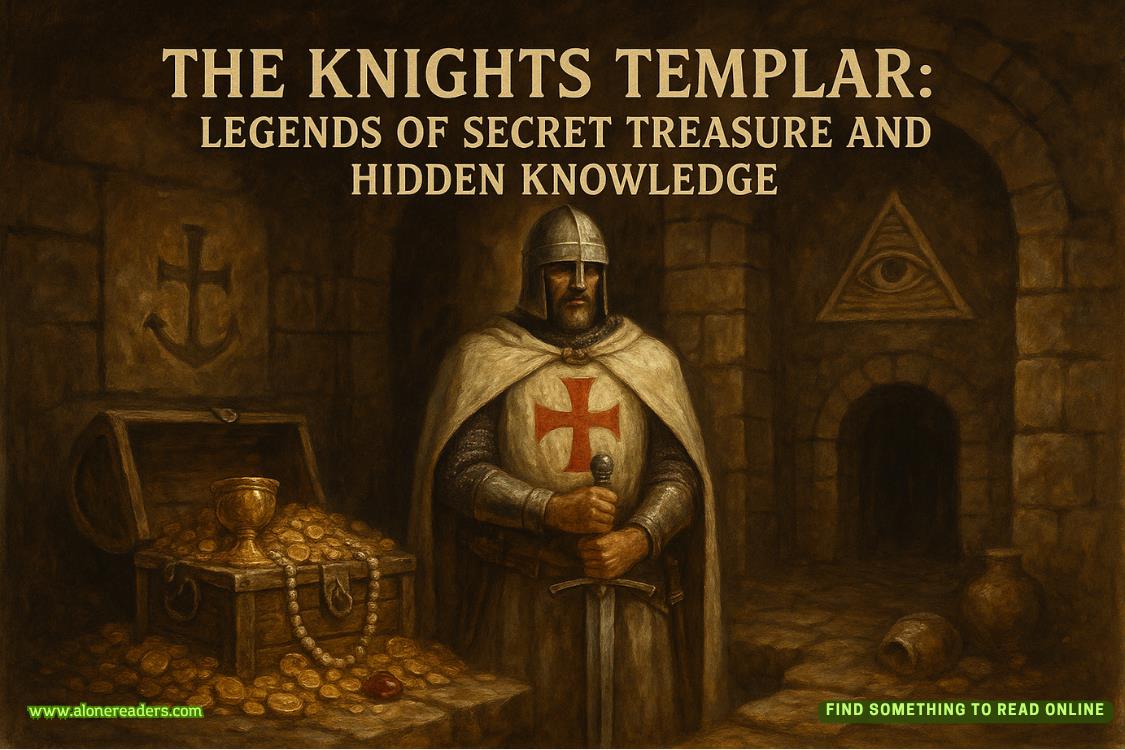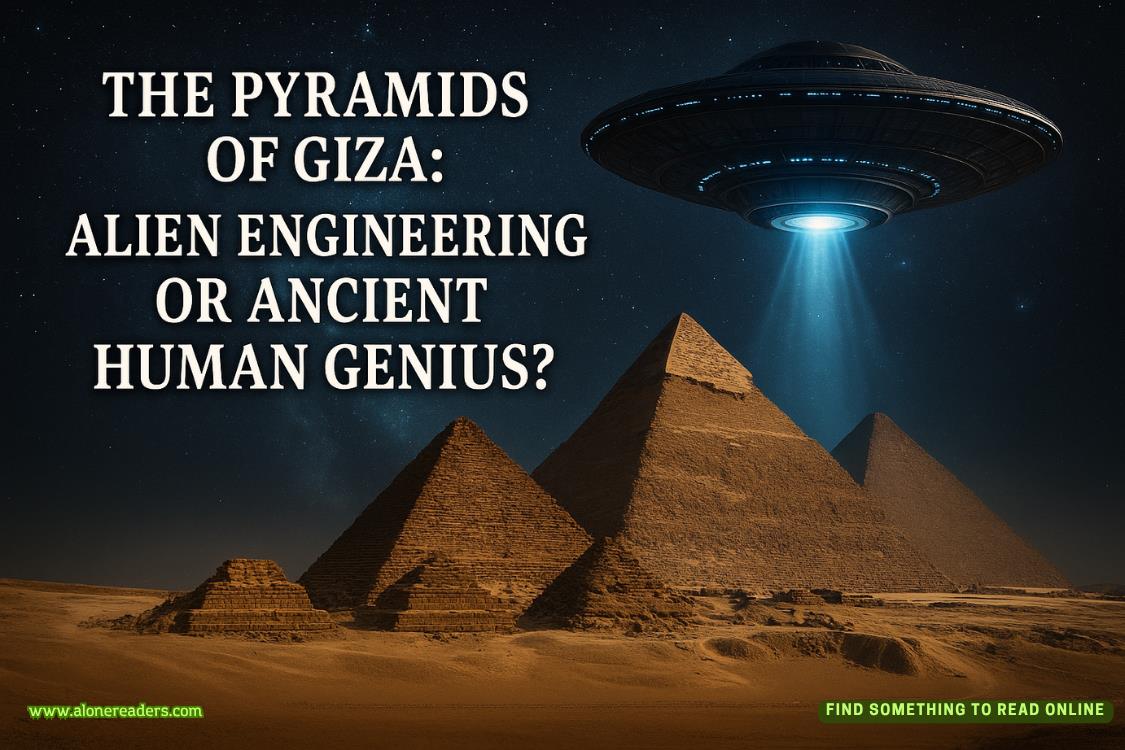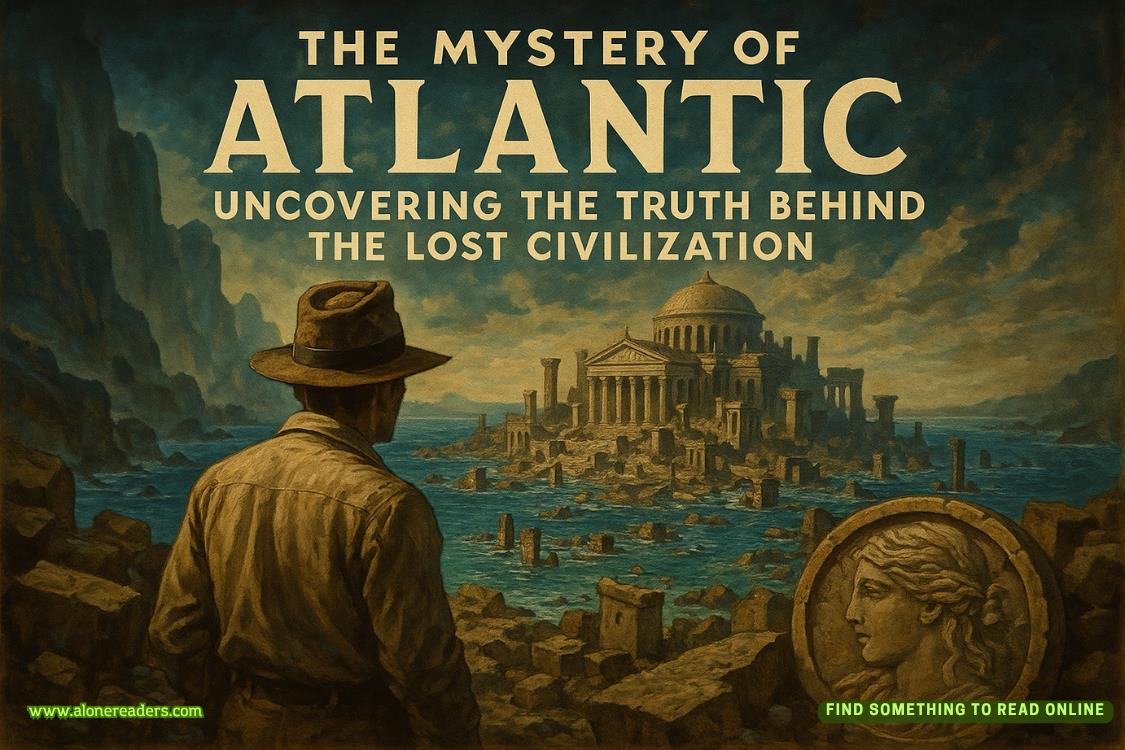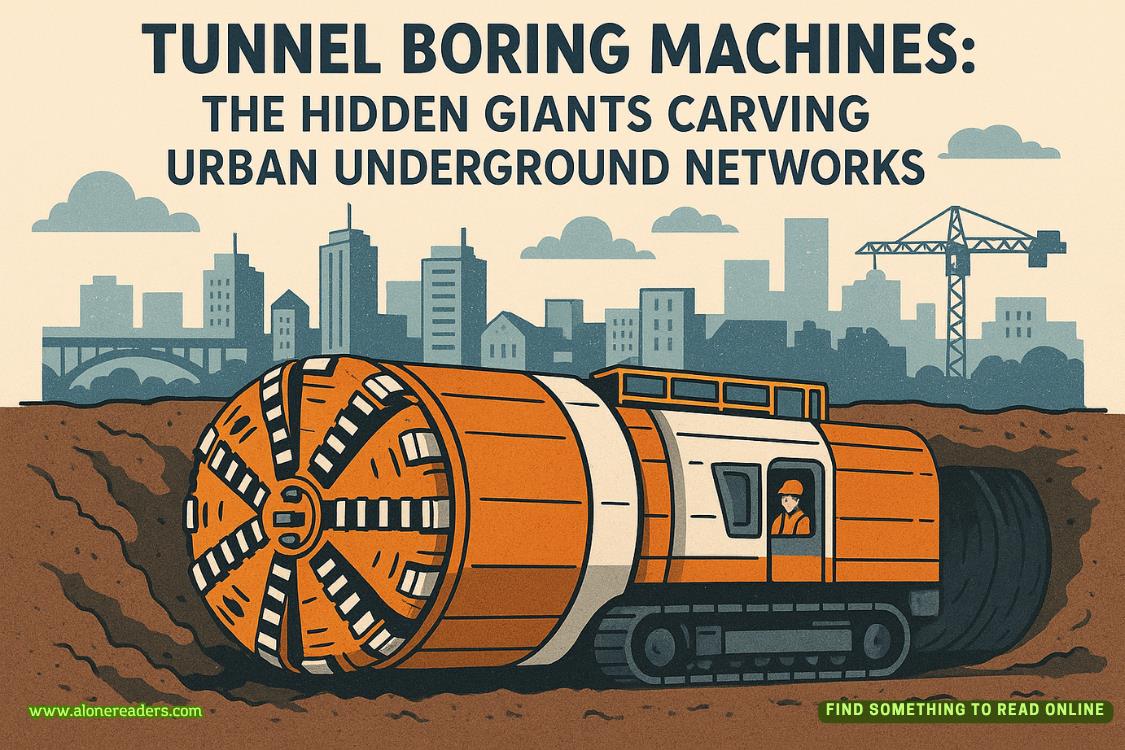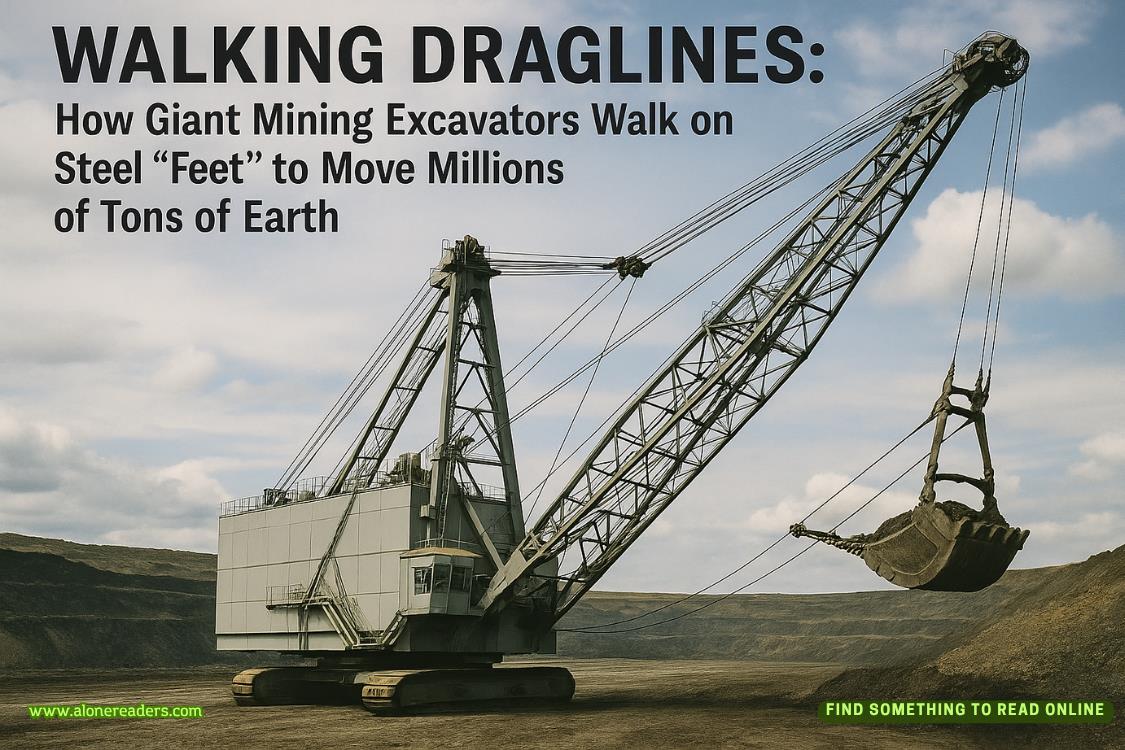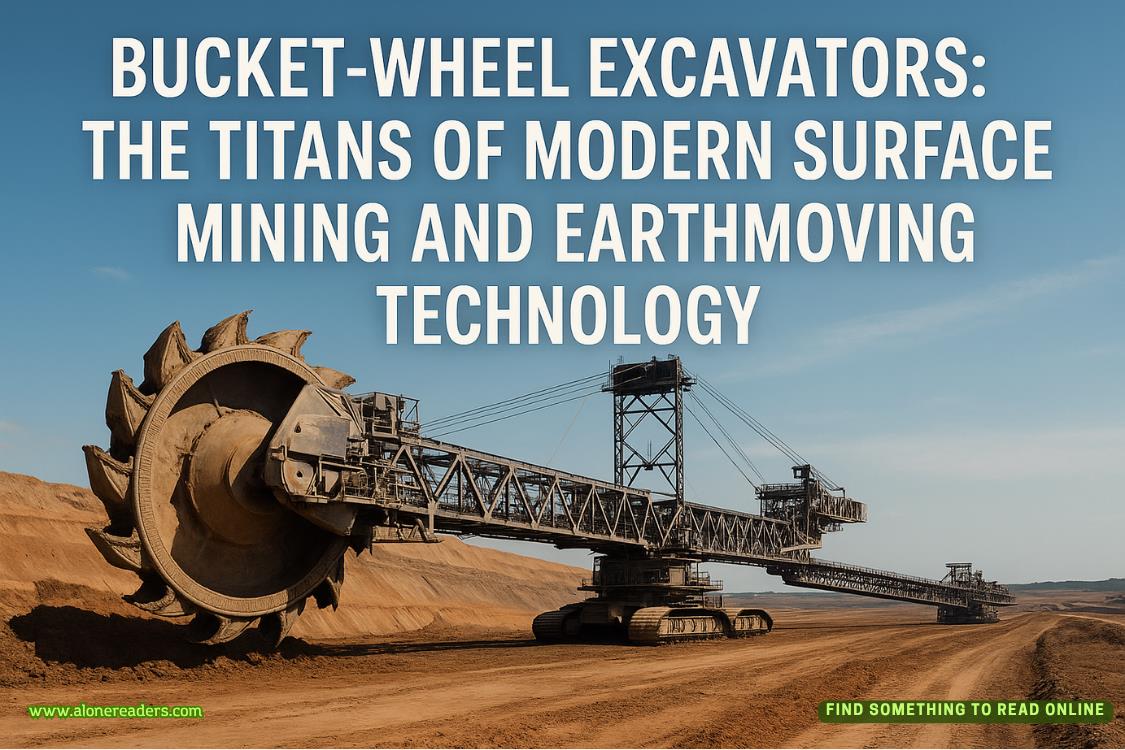Page 59 of After Worlds Collide (When Worlds Collide 2)
“No.”
“What else could you pick up?”
“They said that one city was a good example of every other. They’re all complete, and all similar in a general way.”
Tony gazed out of the window. More and more of the vehicles of the Vanished People were appearing on the ramps and the streets. The sun, the small clear sun, shone down through the huge transparent dome. He swung back.
“Did they find how the air was kept fresh in the cities when they were fully—populated?”
“Yes; and they even operated some of the ventilators, though it was not necessary with so few people in the city, of course. The Original People had huge apparatus for what we would call air-conditioning, and for heating the air. The Asiatics of course were especially interested in that.”
“The heating, eh? Did they think the planet was drifting again into the cold?”
“That,” said Lady Cynthia, “surely worried them. They had their own computations, but they repeatedly asked what ours were. They were—and are, I am sure—especially careful with our scientists. They aren’t sure, you see, that this planet will stay livably near the sun.”
“Were your scientists—the English, I mean—sure?” asked Tony.
“They said they were. We’d go out into the cold nearly as far as Mars—and then come back.”
“Yes,” said Tony.
“That’s what you think here, isn’t it?” the girl appealed.
Intentionally Tony waited until Duquesne replied. “It is upon that,” said the Frenchman, “that we rely. Now may I ask something? Did these people—your captors, these Midianites—find any trace as to where the builders of these magnifique cities and the other inhabitants went?”
“No! Constantly they talked about it. Where were they? Where did they go? And did any—survive?”
“Precisely,” said Duquesne.
“We shall name this city,” said Tony suddenly, “Hendron. Hendron. I am sure no one objects.… I thank you,” he said to the English girl, “for all you have told us. Of course we will have much more to ask; but not now.”
He left them and went out. Now he had need, as he had not before, for an inspection of the city.
Jack Taylor, seeing
him, stopped one of the cars and took Tony in with him. Dizzily they spun up a twisting ramp and shot out upon a wide boulevard. They pulled up after a couple of miles, which had been coursed in barely a minute, beside a building at one of the guarded gates. On the far side of its entrance-lobby was a dining-room where a score of women were setting out upon tables the square metal plates upon which the Other People had dined perhaps a million years before.
Tony got out and went in. He smelled the aroma from a caldron of stew, but he was not hungry.
Higgins was there eating—excited to be sure, but eating.
“Tony!” Higgins called. “Tony!” he beckoned, rising.
Tony sat beside him. “I’ve been two miles underground!” Higgins reported. “Two miles! Maltby got the lifts working. I took a chance on one. Two miles down. Wonderful. Temperature rises all the way.”
Tony whipped his thoughts to this problem. “Temperature rises? How could it? Didn’t this planet cool—ages ago?”
“Not to the core. Only the crust. Two miles down, it was a hundred and six degrees Fahrenheit. I brought back—well, you will see.”
“What?”
“Samples of what they tried to preserve below, or store for themselves. Some of it preserved, some of it not; some sealed in naked rock close to the surface and allowed to get terribly cold; some stored in metal containers and placed at strata where some heat would have endured—and did. There is enough stuff under this city to feed a Chicago for years—generations. I can’t estimate how long—that is, if the stuff remained edible. The meat must be decidedly questionable.”
“Meat!”
“From what animals I can’t say; the vegetables from what plants I am unable to guess. Some of it may not be digestible by us. Some may be poison, we’ll discover. But some must be edible, for I’ve eaten some and I still feel fine.”
Tony went down the staircase to the hall with Higgins. In the hall a half-dozen square glasslike containers, each about two feet high and a foot in its other dimensions, had been set on tables. Covers sealed them hermetically. Their contents were visible; meat indeed—a reddish lean meat not unlike beef, and a lighter meat in small fragments; and vegetables—one appeared as long yellow cylinders, another as pink balls not unlike radishes, a third streaked with yellow and green and of an indeterminate lumpy shape.
